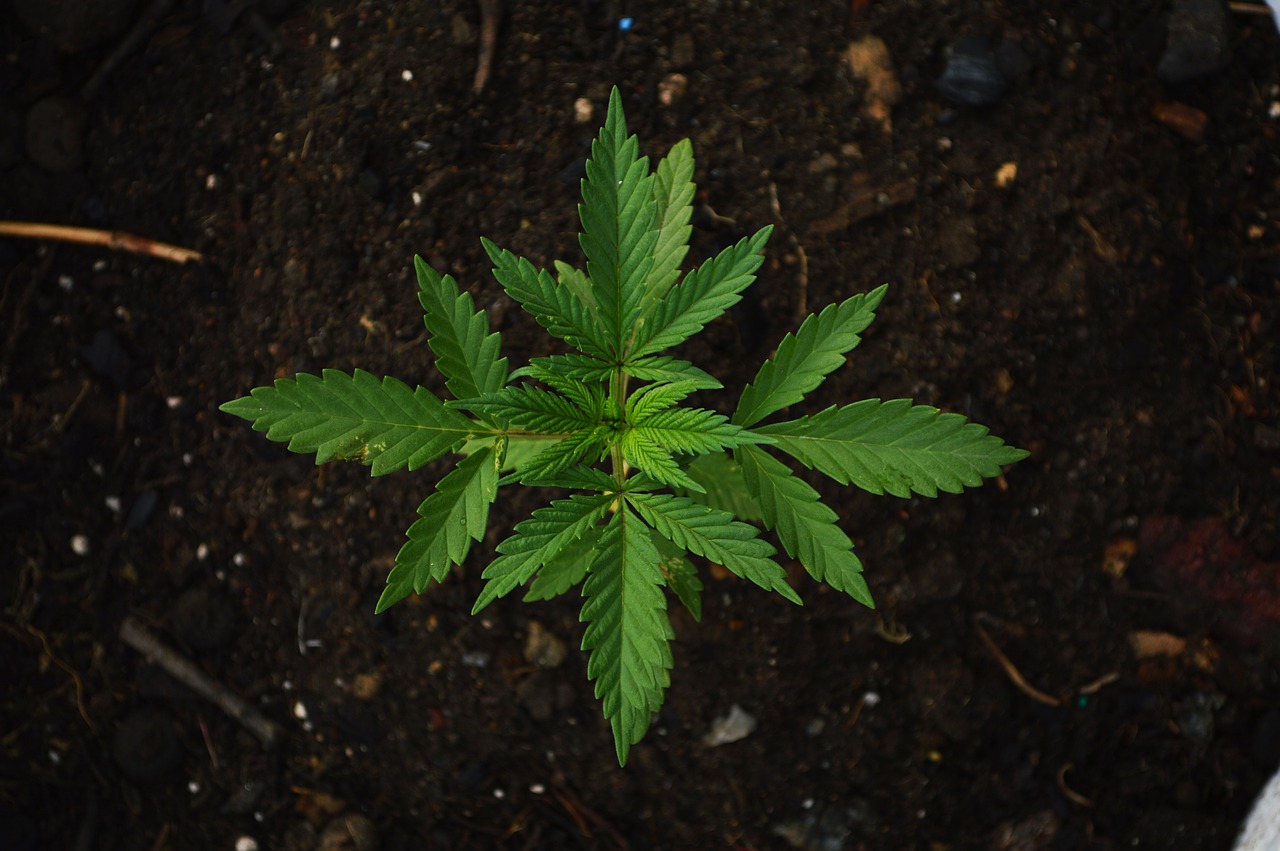When it comes to marijuana, there are various approaches to cultivating the perfect plant. There are a number of ways to achieve success in cannabis cultivation, whether you’re growing inside or out, using fertilizers, etc.
First, we’ll look at the differences between growing marijuana plants indoors vs. outdoors.
CANNABIS CULTIVATION OUTDOORS
Cannabis grown outdoors doesn’t get the same level of respect as cannabis grown indoors.
Why?
Outdoor cannabis is typically leafier and less fully-developed – generally because the cannabis grown outdoors is being grown on a much larger scale: It’s much easier to manicure and properly care for personal amounts, or smaller amounts in general, than it is to care for hundreds of pounds in mass production.
This doesn’t mean you can’t grow great cannabis plants outside. It simply means that more precautions must be taken to ensure that this happens.
Major elemental factors, can, and will, affect the plants for the worse: Wind and rain have an especially negative affect. Strong winds can damage the plant’s THC and terpenes while bruising trichomes and breaking branches. This is why outdoor plants must always be protected by a greenhouse, or at least a wind breaker, to keep them safe from harsh winds. Rain can be equally harmful to plants, especially when they are flowering: Rain creates mold, and bud rot that will take over the colas. Water plants at their roots and cover them during rainy or humid weather.
CANNABIS CULTIVATION INDOORS
Indoor plants require a whole different system of growing. The best indoor bud is grown in rooms that use a combination of intake and outtake fans in conjunction with charcoal filters to clean the odor. Negative pressure creates a constant supply of new cool, fresh air. Spent hot air is vented elsewhere, sometimes even heating the house or a pool.
Pot plants indoors need constant supervision for pest control. Without natural predators, vegetarian bugs can have a field day on un-inspected leaves. Branches may also need to be staked to strengthen them up. Lighting must never be too close or too far from the plant tops. Between one and two feet is about right for most indoor grow lighting applications.
ORGANIC vs. CHEMICAL: FERTILIZATION
The idea of growing organic certainly doesn’t apply only to fruits and vegetables – it applies to all things you put in your body. The discussion ultimately centers around whether or not the use of chemicals in cultivation is moral, or even necessary in the first place.
Like all plants, cannabis needs nutrients to grow. Besides the basic N/P/K profile (nitrogen, phosphorous and potassium – read more about them here), several other micronutrients must be present — some in minuscule amounts — in order for proper growth.
The difference between chemically-based nutrients and organic ones is determined by how the plant foods are derived. Concentrated salts formulas such as Miracle-Gro, developed in a laboratory, are typically not considered organic. Nutrients derived from a recently living organism such as Bat Guano or Liquid Fish or Seaweed are.
To grow organic pot means that your growing medium and plant foods come from natural sources, not synthetic salt compounds dreamed up in a lab. Don’t get me wrong, great pot can be grown with General Hydroponics 3-part formula, but it’ll never be organic, and it would probably be better if it was.
Some growers claim that the plants can’t possibly tell the difference between the elemental molecules they take up and thus believe that “organic” is a sham and a waste of money. Organic growers will swear their buds are safer and better tasting. The truth is somewhere in between.
Organic nutrients typically smell a bit more than their chemical counterparts, but the final product is worth the trouble. Plus, there are issues such as the environmental impact of draining all those chemical salts into our water supply and sewers. All in all, organic growing using compost teas and natural nutrients is cheaper, easier, and more healthy for people and the planet. Sounds like a no-brainer to me.
All plants, organic or otherwise, must be flushed for the final two weeks of their growth in order to leach out salts and minerals they’ve collected throughout their life cycle. This is an essential step. If more growers would flush their plants, it would improve the quality of marijuana around the world.
ORGANIC vs. CHEMICAL: PEST CONTROL
Another bone of contention among growers is the use of potentially harmful pesticides. Some swear by pyrethrum “bombs” and chemical sprays, while others lean towards natural Neem oil or predatory insects and nematodes that fight and destroy the pests we hate such as spidermites, whiteflies, and thrips. Most would agree that the latter are safer for the finished product than the former, but growers sometimes find themselves quite overwhelmed by pest issues. Many more resort to nuclear tactics than seem to admit.
A combination of good growroom hygiene practices, such as checking the undersides of plant leaves daily and rinsing them occasionally with a mild pest treatment, will surely keep most insect attacks at bay. Also, eternal vigilance against pests can lead to many other discoveries, such as a pH problem or a nutrient-burned plant. My recommendation is to use the least harmful ways possible at all times, whether nutrients, pest control, or sanitation in general. Well-cared for plants produce better-tasting pot, and no amount of rinsing can wash the residue off of some of the available products out there.
Have more questions about cannabis cultivation? GET IN TOUCH







